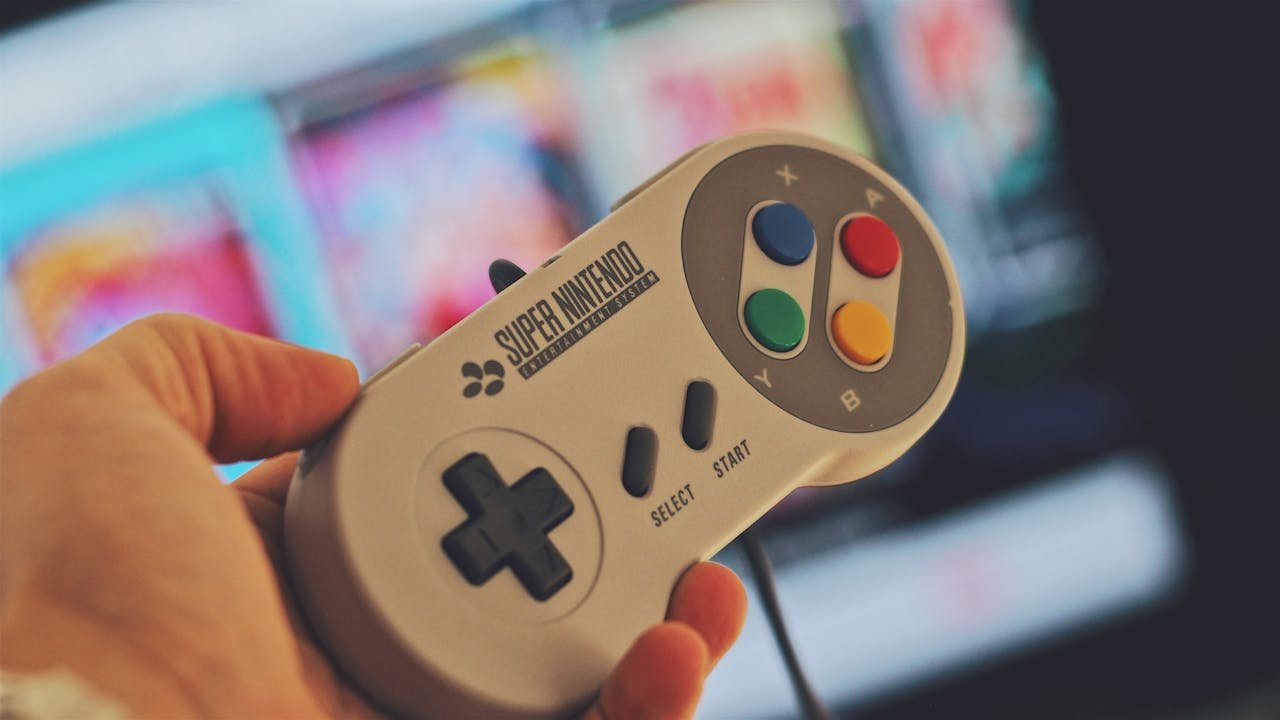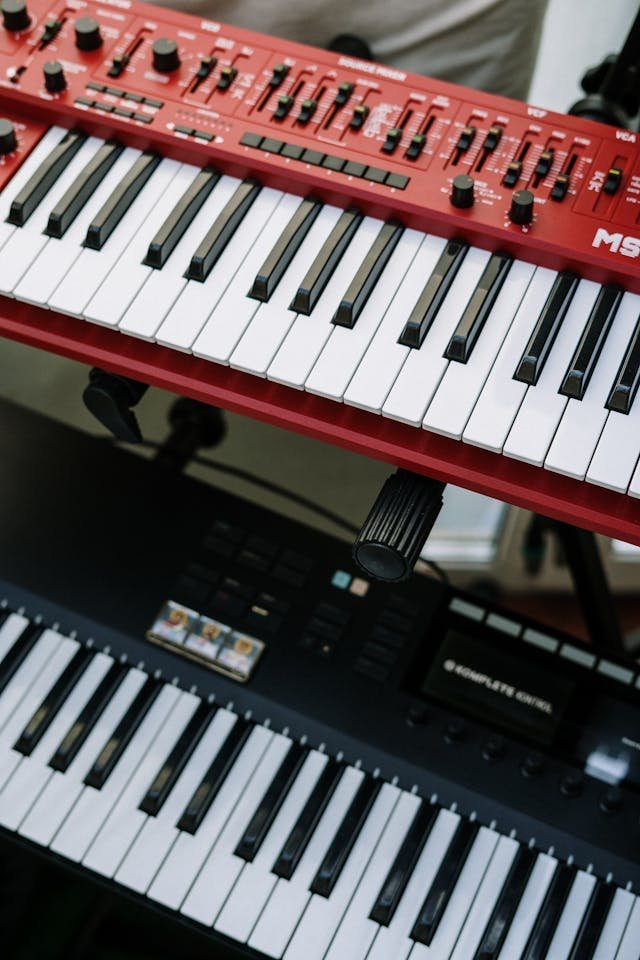Beats per minute (BPM) is the lifeblood of electronic dance music (EDM). It’s what gives each track its energy, pace, and feel, influencing how listeners experience the music and how DJs craft their sets. Whether you’re an aspiring producer, a DJ, or just a curious listener, understanding BPM can deepen your appreciation for EDM. Let’s explore what BPM is, its role in defining genres, and how to use it effectively in music production and DJing.
What Is BPM?
BPM stands for beats per minute, a measurement of tempo in music. It tells you how many beats occur in one minute of a track. A faster BPM indicates a quicker tempo, while a slower BPM gives a more relaxed feel.
How to Calculate BPM
- Count the number of beats in 15 seconds and multiply by 4.
- Use a BPM counter or tap tempo feature in music software like Ableton Live or Rekordbox.
The Role of BPM in EDM
BPM serves as a blueprint for how a track will feel and where it fits within the EDM landscape. It influences:
- Energy Levels: Higher BPMs create intensity, while lower BPMs promote relaxation.
- Danceability: Different BPM ranges suit different dance styles.
- Genre Identity: Each EDM genre typically falls within a specific BPM range.
BPM Ranges for Popular EDM Genres
- Ambient/Chillout: 60–90 BPM
- Deep House: 110–125 BPM
- Progressive House: 120–130 BPM
- Techno: 120–140 BPM
- Trance: 130–140 BPM
- Dubstep: 140 BPM (or 70 BPM, double time)
- Drum and Bass: 160–180 BPM
- Hardstyle: 150–160 BPM
How DJs Use BPM
BPM is crucial for DJs when creating seamless mixes:
- Beatmatching: Aligning the beats of two tracks to ensure smooth transitions.
- Harmonic Mixing: Matching BPM and key for cohesive blends.
- Energy Control: Using BPM to build or reduce energy throughout a set.
Pro Tip: Use tools like Mixed In Key to analyze BPM and keys for harmonic mixing.
BPM in Music Production
Producers use BPM to shape the mood and style of their tracks. Key considerations include:
- Choosing the Right BPM: Match the tempo to the intended vibe (e.g., 128 BPM for festival-ready house).
- Tempo Automation: Gradually increasing or decreasing BPM in a track for dramatic effect.
- Layering Tracks: Ensuring complementary BPMs for smooth layering of beats and melodies.
Tools for Measuring and Adjusting BPM
- BPM Counters: Apps and tools like BPM Analyzer.
- DJ Software: Rekordbox, Serato, and Traktor feature built-in BPM detection.
- Production Software: Ableton Live and FL Studio allow precise tempo control.
Conclusion
BPM is the heartbeat of EDM, shaping the energy, genre, and emotional impact of tracks. By understanding and utilizing BPM, you can elevate your DJ sets, enhance your productions, and deepen your connection to the music. So, whether you’re mixing tracks or dancing to your favorite beat, let BPM guide your rhythm and movement.









